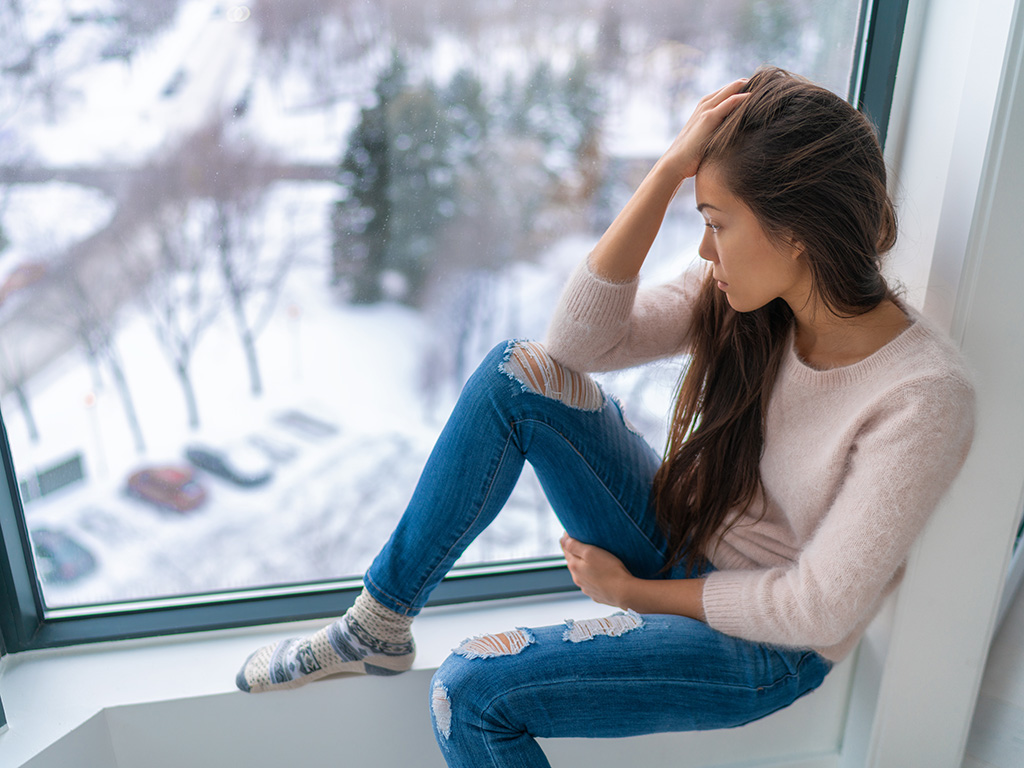Coping Strategies for SAD
Coping with Seasonal Affective Disorder (SAD) may involve a combination of lifestyle adjustments, therapy, and medication to manage symptoms and improve overall well-being. One of the primary coping strategies for SAD is light therapy, which involves using a special light box that emits bright, natural light to simulate sunlight exposure. This therapy has been shown to be effective in regulating the body’s internal clock and improving mood symptoms.

Getting regular exercise, particularly outdoor exercise, can also help alleviate symptoms of SAD by increasing endorphin levels and reducing stress. Maintaining a consistent sleep schedule and practicing good sleep hygiene are important in managing SAD symptoms, as disruptions in sleep patterns can exacerbate feelings of fatigue and low energy. Engaging in activities that bring joy and relaxation, such as hobbies, spending time with loved ones, or practicing mindfulness and meditation, can also help improve mood and reduce feelings of sadness.
In some cases, therapy, such as cognitive-behavioral therapy (CBT) or medication, may be recommended to address underlying issues contributing to SAD symptoms. It is essential to work closely with a healthcare professional to develop a personalized treatment plan that addresses individual needs and helps effectively manage SAD symptoms.